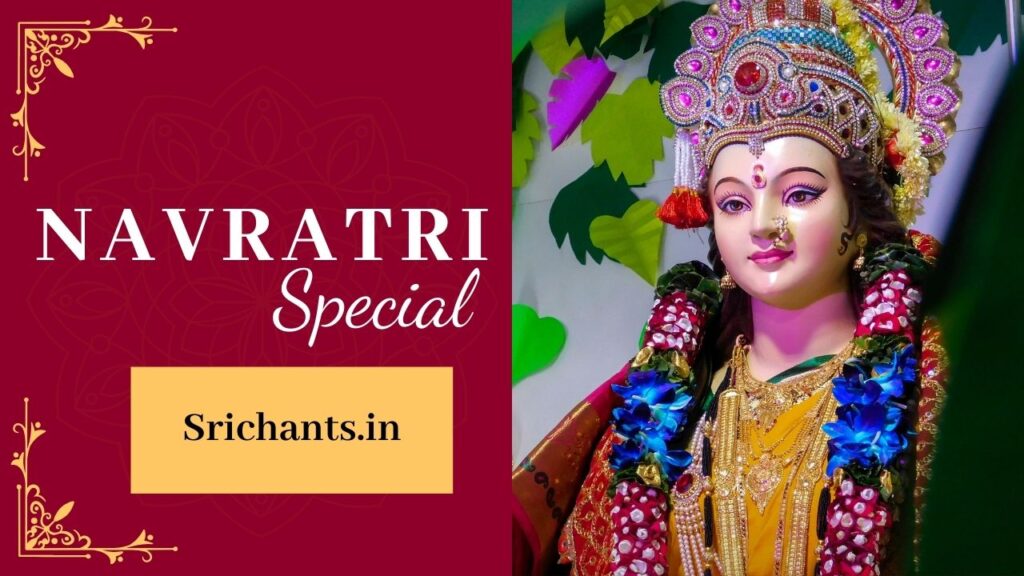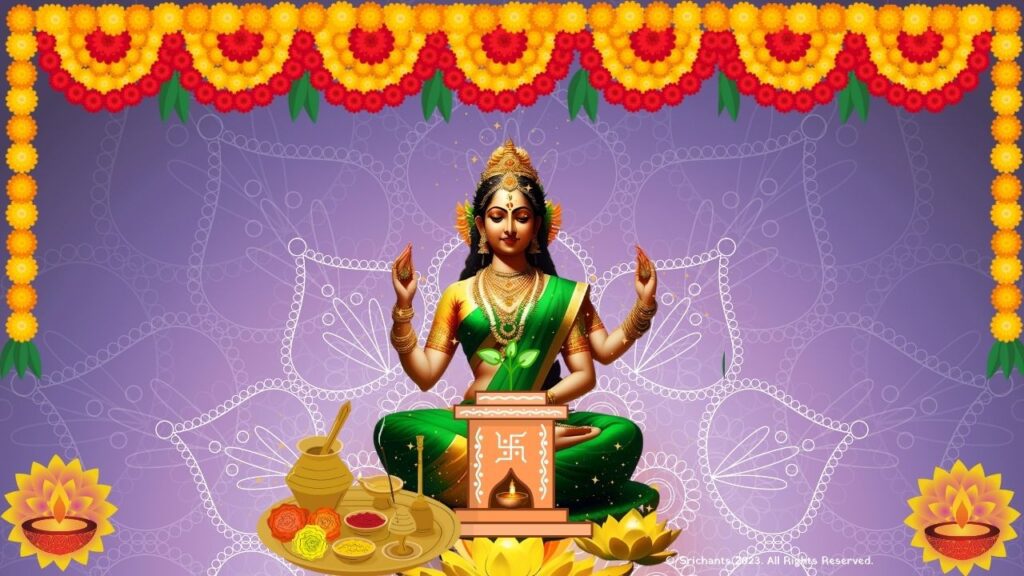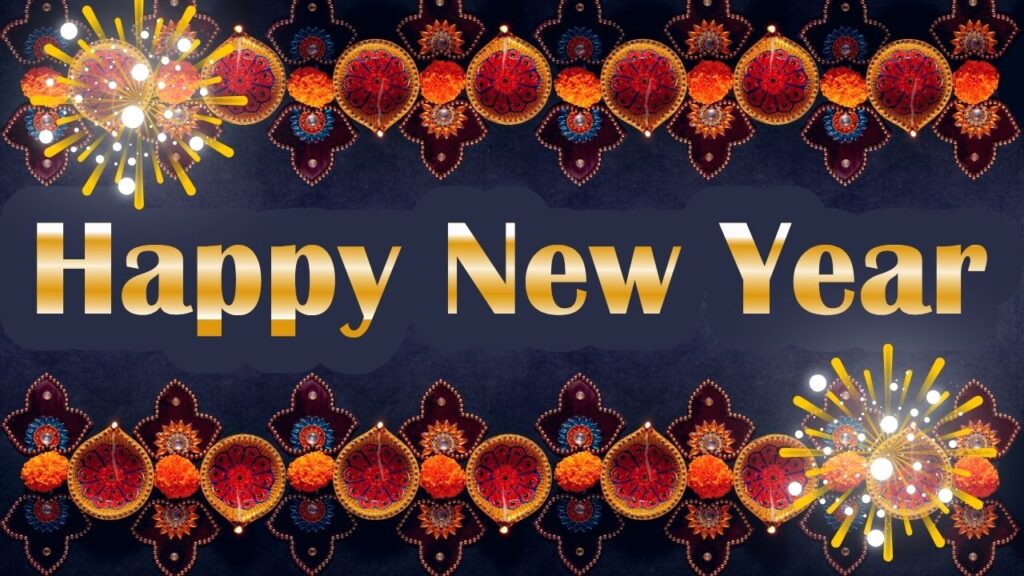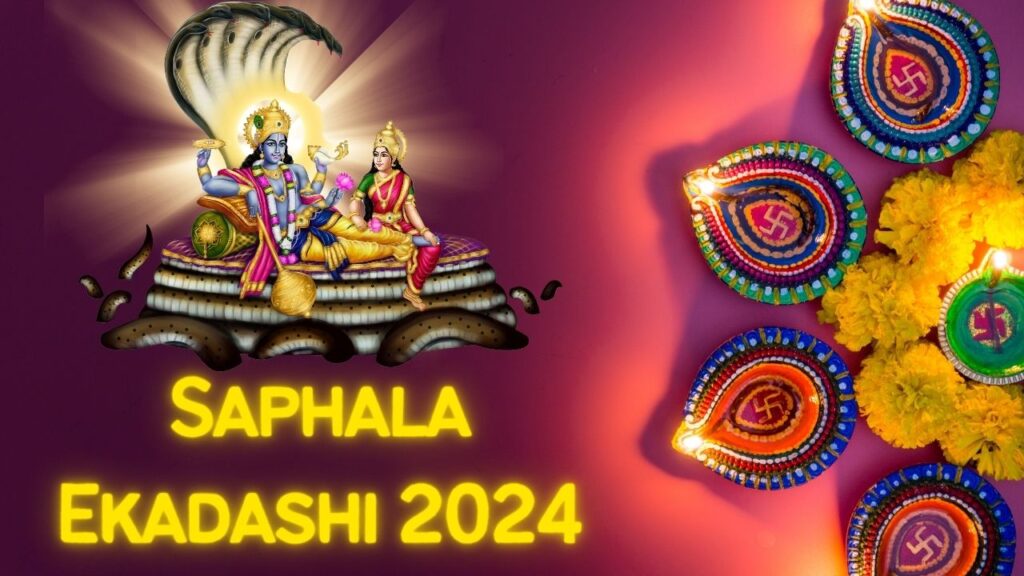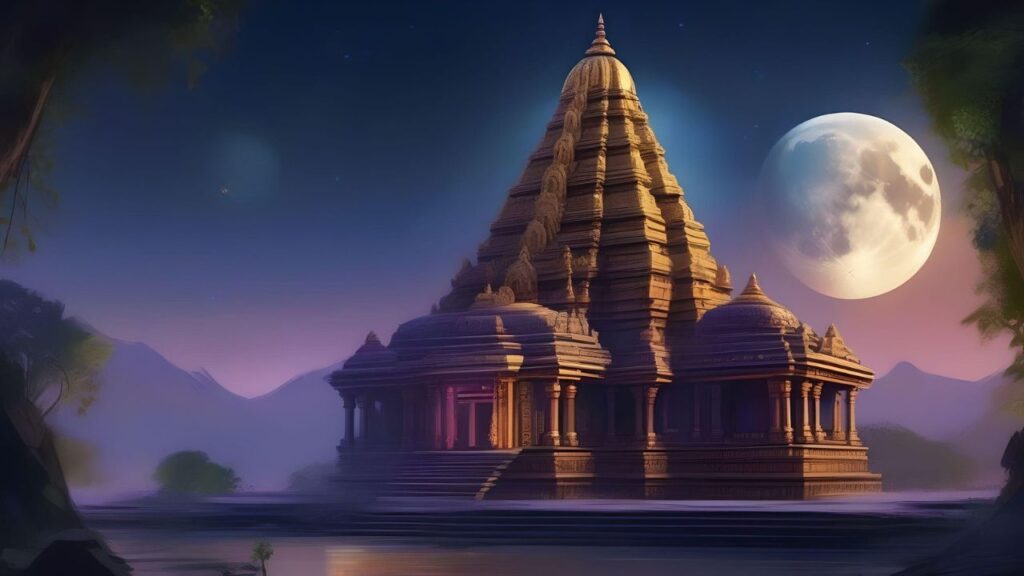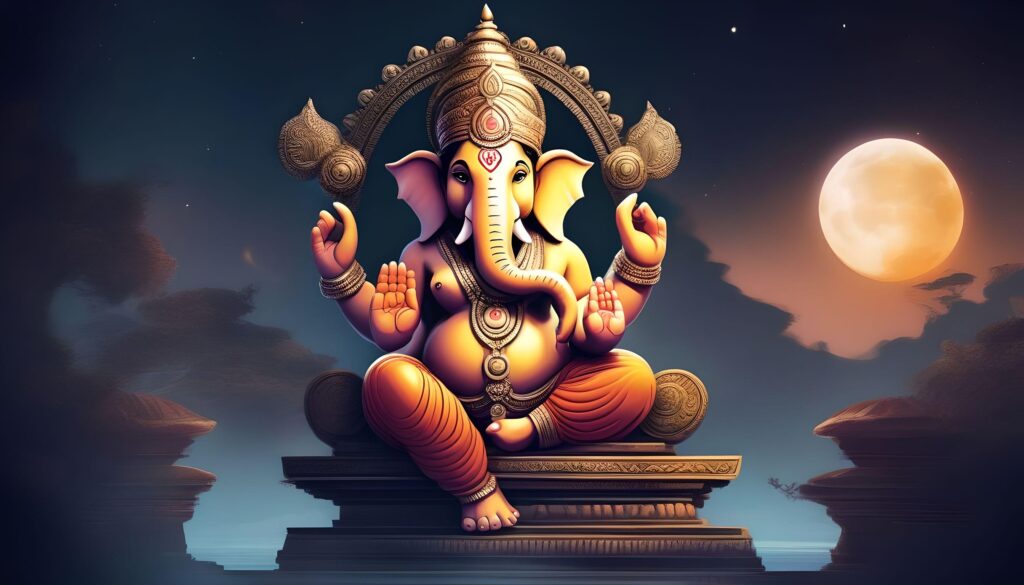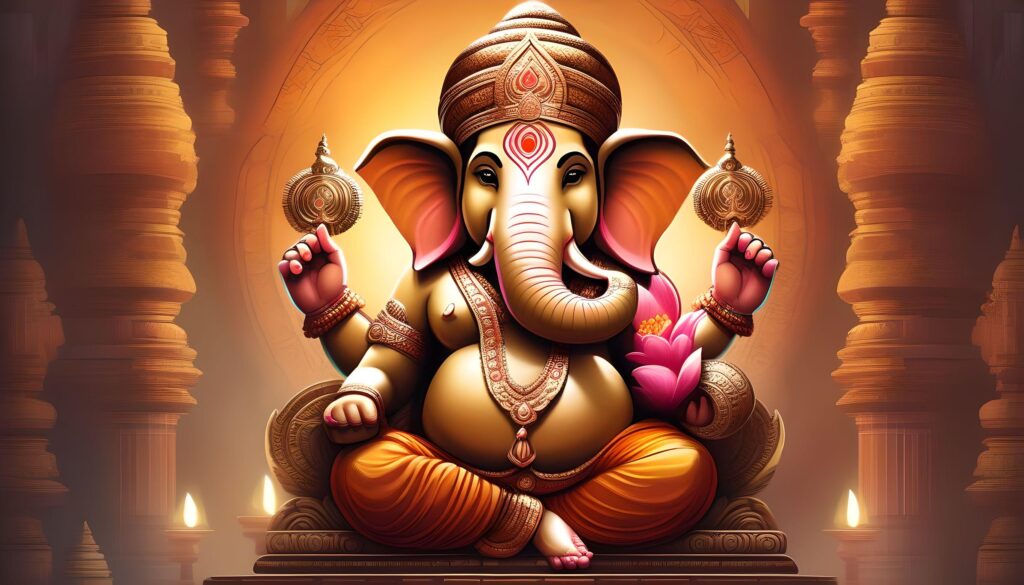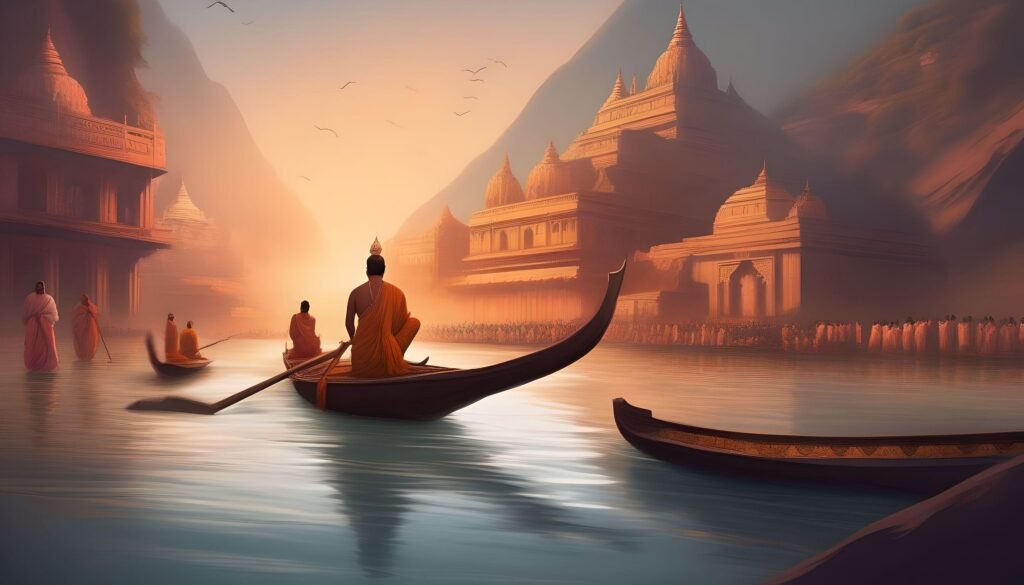Navaratri: Divine Feminine Energy
Introduction
Navaratri, alternatively referred to as Navaratra or Navratri, is a jubilant and exuberant Hindu festival commemorating the sacred feminine force. Navaratri, which comes from the Sanskrit terms “nav,” signifying “nine,” and “ratri,” signifying “night,” is a festival that encompasses a period of ten days and nine nights. Typically, this joyous occasion is commemorated during the Hindu month of Ashvin, which coincides with the months of September to October. During the sacred month of Navaratri, followers pay homage to and engage in worship of a multitude of manifestations of the goddess Durga, entreating for her favor in exchange for safeguarding, affluence, and metamorphic development.
The Significance of Navaratri
Hinduism attributes great significance to Navaratri, which represents the triumph of righteousness over malevolence. Navaratri, as per Hindu mythology, serves as a remembrance of the goddess Durga’s victory over Mahishasura, a deity with the head of a buffalo. It is believed that the festival highlights the strength and power of the divine feminine energy, which safeguards the universe against damage and restores equilibrium.
Worshiping the Divine Feminine
Devotees invoke the graces of the three primary forms of the Goddess Durga—Lakshmi, Saraswati, and Durga—during the entire festival of Navaratri. Every individual form symbolizes a distinct facet of the divine feminine energy. The first three days are devoted to Goddess Durga, the protective goddess of her devotees and the ferocious warrior who vanquishes negativity. The subsequent three days are dedicated to Lakshmi, the deity associated with bestowing prosperity, good fortune, and wealth. The last three days of the festival are devoted to Saraswati, the goddess who embodies wisdom, knowledge, and originality.
Nine Avatars of the Goddess
Every day of Navaratri is devoted to a distinct manifestation of the goddess Durga. The aforementioned nine forms are venerated with profound devotion and reverence. Let us examine the importance attributed to each avatar:
- Day 1: Goddess Shailputri: Shailputri, the daughter of the Himalayas, represents the essence of nature and purity. She is depicted riding a bull and carrying a lotus flower and trident.
- Day 2: Goddess Brahmacharini: Brahmacharini symbolizes austerity and spiritual practice. She holds a rosary in one hand and a water pot in the other, representing the pursuit of knowledge and purity of mind.
- Day 3: Goddess Chandraghanta: Chandraghanta is adorned with a crescent moon on her forehead, signifying beauty and bravery. She rides a tiger and carries weapons, instilling courage and protecting her devotees.
- Day 4: Goddess Kushmanda: Kushmanda is the creator of the universe. With eight arms, she rides a lion and radiates energy and light, bringing joy and positivity into the world.
- Day 5: Goddess Skandamata: Skandamata is the mother of Lord Kartikeya, the god of war. She is depicted with four arms, holding her son on her lap. She bestows strength and guidance to her devotees.
- Day 6: Goddess Katyayani: Katyayani is an embodiment of fierce strength and courage. With multiple arms and a fiery appearance, she vanquishes darkness and evil, ensuring peace and prosperity.
- Day 7: Goddess Kaalratri: Kaalratri is a fierce and powerful form of the Goddess. With a dark complexion, disheveled hair, and multiple arms, she annihilates negativity and grants fearlessness to her devotees.
- Day 8: Goddess Mahagauri: Mahagauri symbolizes purity and serenity. With a calm and compassionate demeanor, she brings peace and alleviates the suffering of her devotees.
- Day 9: Goddess Siddhidatri: Siddhidatri is the bestower of supernatural powers and blessings. She grants devotees happiness, wisdom, and spiritual growth.
Celebrations and Rituals
During Navaratri, there is tremendous jubilation, devotion, and festivity. Various cultural activities and rituals are performed by devotees in homage to the Goddess. Among the most well-known traditions are the following:
Garba and Dandiya Raas
An essential element of Navaratri is the vibrant and chromatic folk dance styles known as Dandiya Raas and Garba. Individuals, decked in conventional garments, form a circle and enthusiastically clasp their hands and spin while dancing to the beat of music. In contrast to the graceful movements of Garba, Dandiya Raas is a form of dance characterized by the use of vibrant poles known as “dandiyas.” These dances signify the celestial dance performed by the goddess Durga and honor the exuberant essence of Navaratri.
Puja and Fasting
Navaratri is a time when devotees engage in arduous fasting in an effort to cleanse their bodies and minds. In pursuit of the Goddess’s blessings, they abstain from ingesting particular foods and partake in rituals and prayers. Priests conduct elaborate puja ceremonies, during which they recite sacred rituals, sing hymns, and petition to the divine. The puja entails the embellishment of the idol representing the Goddess with sacred offerings, incense, and blossoms.
Golu Displays
Navaratri is commemorated in South India through the exhibition of Golu displays. Golu denotes the display of vividly colored figurines and figures that are organized in tiers or shelves. Aspects of commonplace life, mythological scenes, and deities are depicted in the exhibition. Family and friends gather at one another’s residences to admire the Golu exhibitions, exchange presents, and recite prayers.
Vijayadashami: The Day of Victory
Vijayadashami or Dussehra refers to the tenth day of Navaratri. It signifies the definitive triumph of righteousness over malevolence. During this day, symbolic effigies of the malevolent deity Ravana are incinerated, signifying the eradication of malevolence and the triumph of righteousness. Vijayadashami is additionally linked to the epic Ramayana, which portrays Lord Rama’s triumph over Ravana.
Navaratri Around the World
Navaratri is not solely observed in India; rather, it is pompously commemorated on an international scale. Hindu communities across various nations unite to commemorate Navaratri, thereby safeguarding the cultural legacy and tradition. Cultural events, music, and dance performances are orchestrated in observance of the divine feminine energy, with the intention of promoting harmony and elation.
Embracing the Divine Feminine
Observants of Navaratri are encouraged to acknowledge the significance of the divine feminine energy that resides within them and to embrace it. The festival highlights the attributes of fortitude, empathy, sagacity, and ingenuity that are personified in the Goddess. Those who venerate the divine feminine do so in pursuit of protection, personal development, and spiritual enlightenment.
Conclusion
The festival of Navaratri is a dynamic and invigorating occasion that commemorates the triumph of good over evil and the sacred feminine energy. Devotees venerate the many facets of the Goddess Durga and endeavor to obtain her graces by means of prayers, rituals, and cultural engagements. This propitious festival fosters a sense of unity, pleasure, and spiritual development by uniting individuals. Embrace the inherent divine femininity within us and commemorate Navaratri with sincerity, exuberance, and appreciation.
“The divine feminine energy is a powerful force that protects, nurtures, and empowers. Navaratri provides us with an opportunity to connect with this energy and seek its blessings.” – [Akash S]
For more information on Hindu festivals, puja ceremonies, and spiritual practices, explore our other articles and resources.
Additional Information:
- Navaratri occurs four times a year, but Sharad Navaratri is considered the most significant.
- Navaratri is celebrated differently in various regions of India, with unique traditions and customs.
- The garba dance originated in Gujarat and is now popular worldwide during Navaratri.
